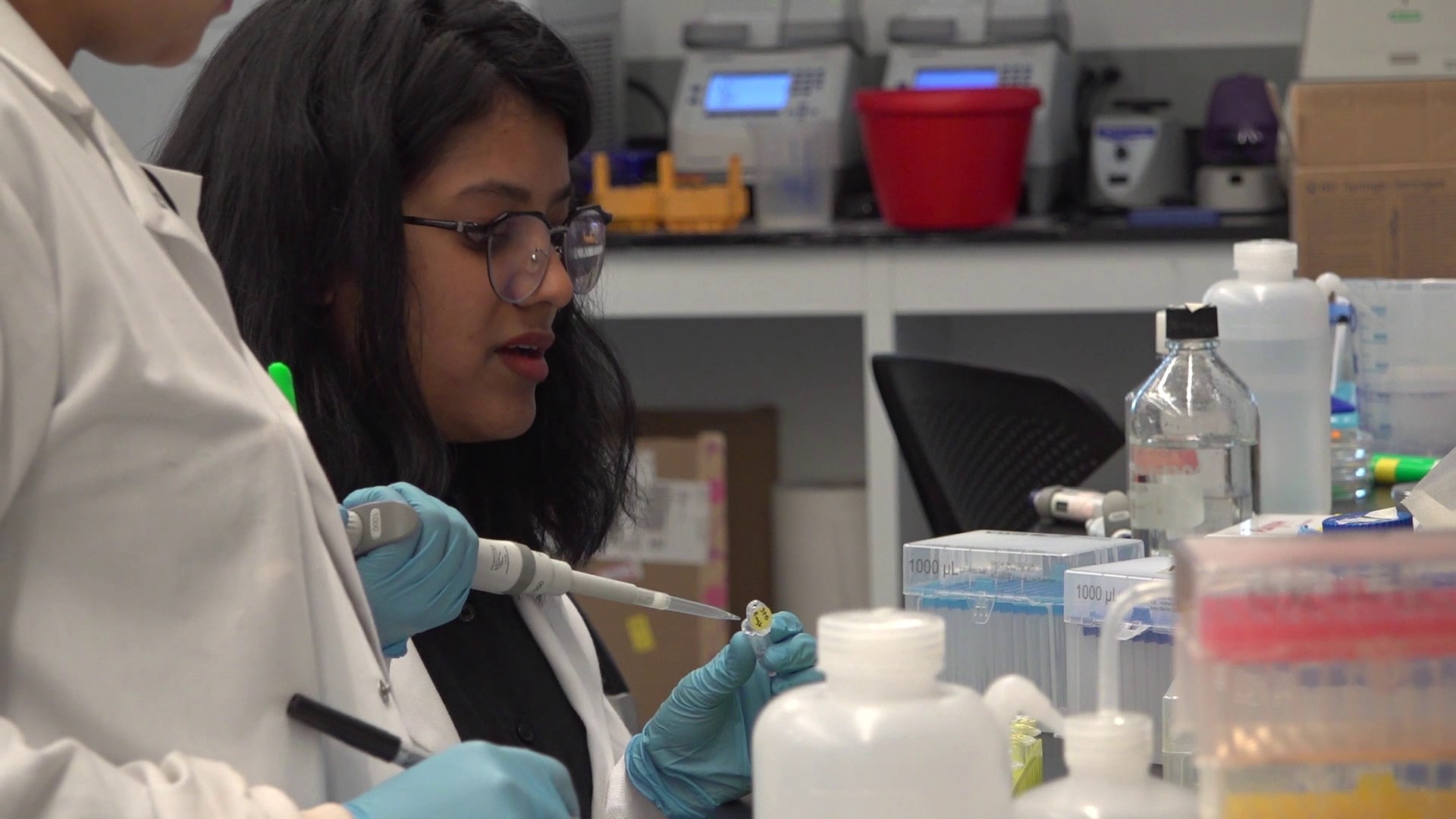AMES, Iowa — Iowa State University researchers recently made another scientific breakthrough in the genetics, development and cell biology department.
Led by Dr. Raquel Espin Palazon, researchers discovered that a protein known as "Nod1," which detects immune response, also plays a role in the development of blood stem cells during embryonic development.
The scientists used zebra fish to understand how blood stem cells are formed, because they have a similar developmental trajectory as humans.
MORE LOCAL RESEARCH NEWS: 'A genetic cure': Iowa State scientists make first-of-its-kind DNA discovery
Blood stem cells are produced only once, when we are embryos, and those cells migrate to our bone marrow where they are with us for life.
This discovery is important because it has the potential to have a significant impact on future stem cell treatments, Espin Palazon told Local 5 News.
The research could pave the way in assisting individuals with blood disorders like leukemia. With this new knowledge, scientists could eliminate the need for bone marrow transplants, which often come with complications.
"We are getting closer and closer to that big goal of you know, cure patients with their own cells," Espin Palazon said. "It just feels really good, yeah, we're really hoping, I think we could see that happening in our lifetimes."
Espin Palazon and other researchers have another paper under review after Nature Communications published this research.

